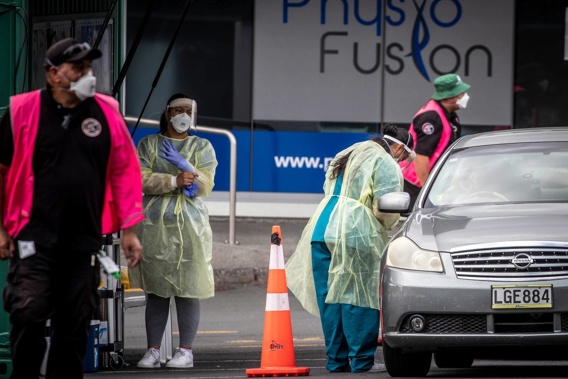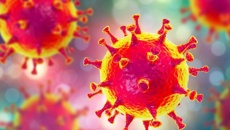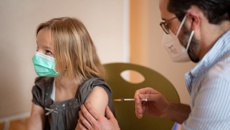
As case numbers continue to rise, a move into phase 3 of the Government's Omicron response plan is expected soon – perhaps as early as tomorrow.
Prime Minister Jacinda Ardern told reporters on Tuesday that New Zealand was expected to move to the next phase of the Omicron plan "fairly shortly" while Deputy Prime Minister Grant Robertson told AM he didn't think the move would be "far away at all".
And tomorrow, a press release featuring Robertson and Director-General of Health Dr Ashley Bloomfield will "announce the next steps in the response to the Omicron outbreak".
But what does phase 3 look like?
A move to phase 3 means there are thousands of cases each day, but most people will be able to look after themselves at home.
Phase 3 means changes to the definition of close contacts, more frequent use of rapid antigen tests and the continuation of other measures, like the use of digital technologies, from phase 2.
Testing
Under phase 3, the role of rapid antigen tests will also evolve, however, PCR testing will be used on priority groups.
In this phase, symptomatic and critical workers can get a rapid antigen test (RAT) from a doctor, pharmacy, Community Testing Centre or workplace.
RAT testing will also be used for people with symptoms, or those in a priority group can use RATs for diagnosis.
Health officials also said healthcare and critical workers who have been identified as a close contact but asymptomatic can use "test to return" RATs.
In announcing the three-phase plan, Associate Health Minister Dr Ayesha Verrall said self-service, rapid antigen testing for diagnosing Covid and a self-service tool to identify high-risk contacts would play a significant role in responding to the high volumes of Omicron cases.
Isolation
People who test positive for Covid-19 will need to isolate for 10 days.
However, household contacts will need to isolate until the person who is positive in your house completes 10 days of isolation.
Household contacts will need to test on days 3 and 8, or if symptomatic.
Close contacts who are not living with a Covid-19 will need to isolate for seven days and test on day 5, or if symptomatic.
Close contacts
A key difference under phase 3 is the change of the definition of a contact to household and household-like contacts only, meaning the highest risk contacts will need to isolate.
People who are symptomatic household contacts of a case will become a probable case and not need to test.
Health officials will get in touch with contacts automatically through the online self-investigation tool, with the option for people who test positive to notify their contacts themselves.
However, contacts will only be traced and required to isolate if they are a high-risk contact.
"There will be limited use of push notifications, locations of interest or Bluetooth tracing."
Contact tracing
Compared to previous systems, Covid-19 cases in phase 3 are now in charge of alerting their close contacts about the positive result.
There will be self-service tools available for people to provide information for contact tracing and case investigation.
However, Health officials say the focus will be on supporting people who do not have access to or are not confident using technology.
Take your Radio, Podcasts and Music with you









